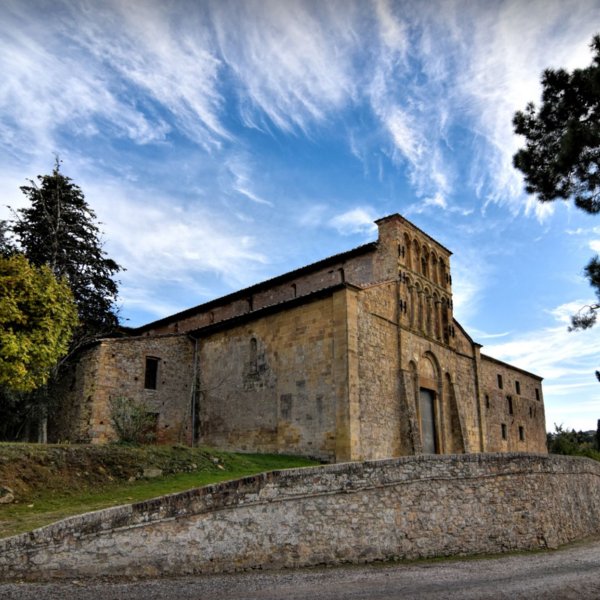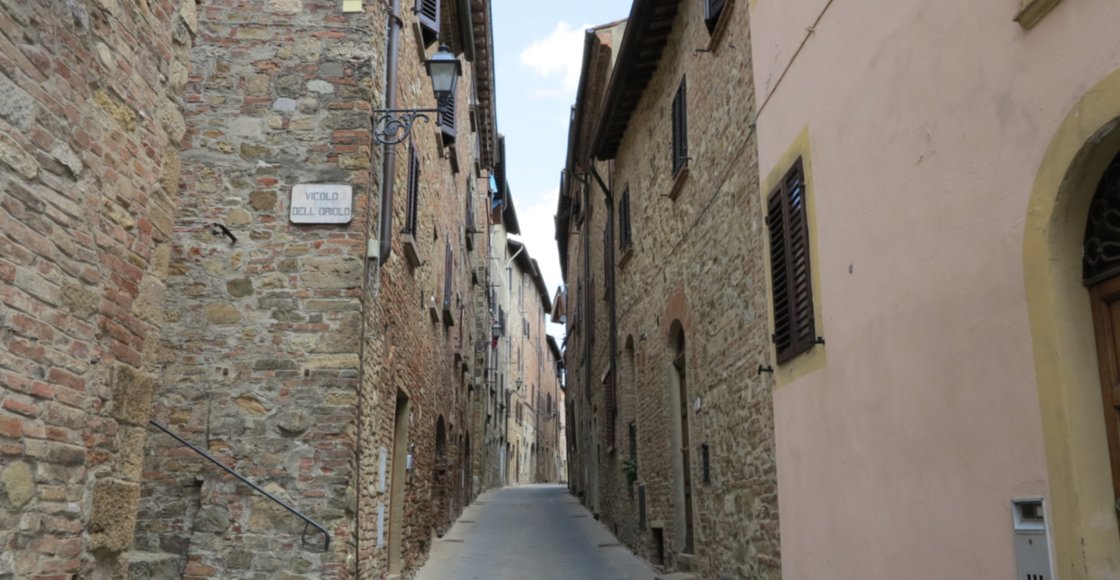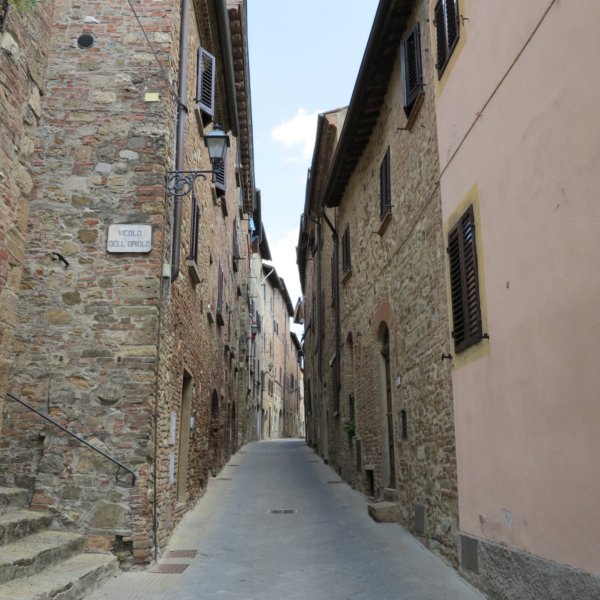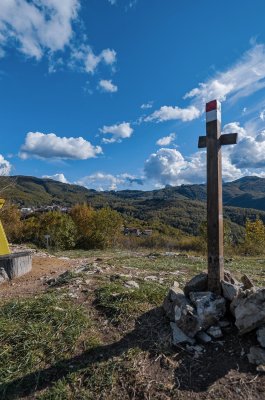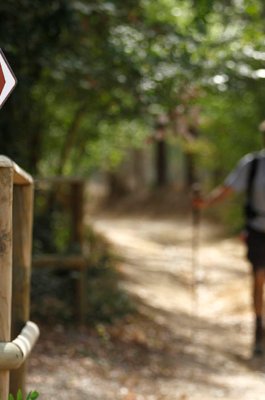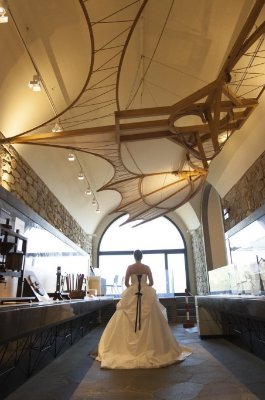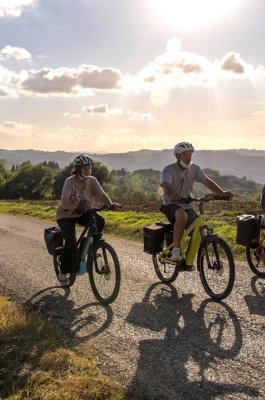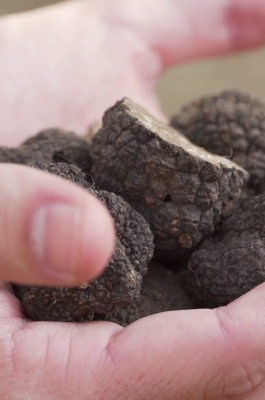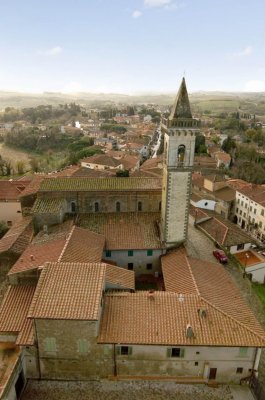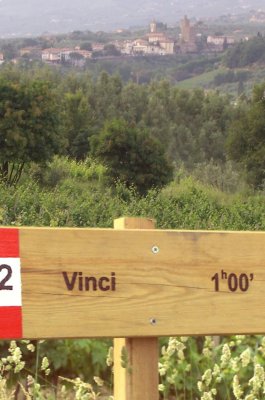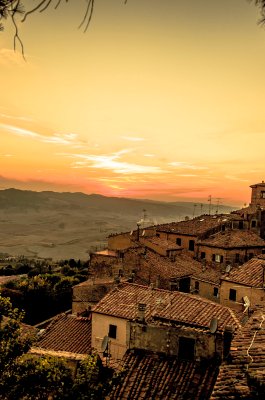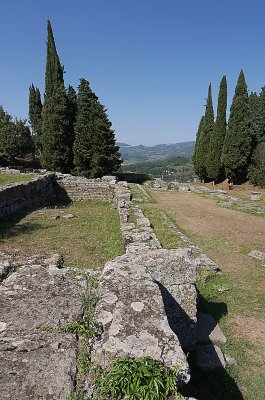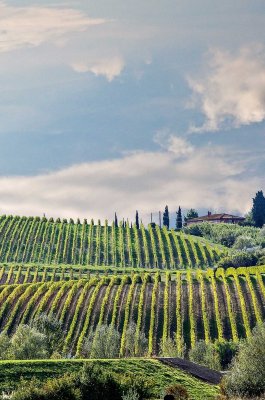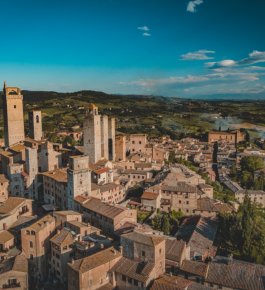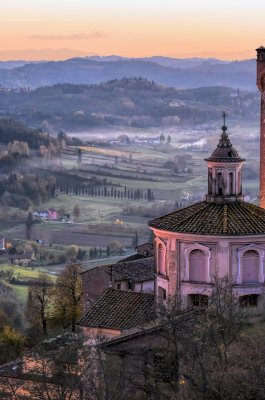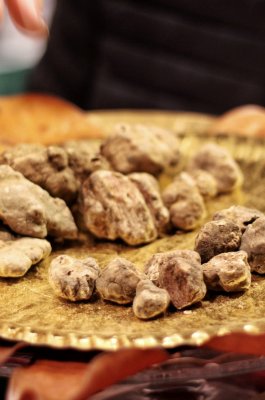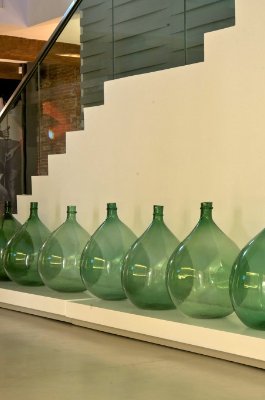After leaving San Miniato, the path winds along dirt roads dotted with rows of cypress trees and vineyards, with vistas encompassing the Tuscan countryside. The route follows dirt paths through an area rich in parish churches and abbeys, where the atmosphere seems to resist the passing of time. Among the places of worship that tell of Archbishop Sigeric’s passage are the Parish Church in Coiano, now in a state of ruin, and the Parish Church of Santa Maria Assunta in Chianni in Chianni, the latter near the point of arrival in Gambassi Terme. A little further from the route is the San Vivaldo Complex in Montaione, reproducing the topography of Jerusalem and simulating the experience of taking a pilgrimage to the Holy Land. At over 15 miles (24 kilometers), this stage is relatively challenging, with a few stops for refreshments available in Calenzano and near the Parish Church in Coiano.
Sito ufficiale della Francigena Toscana ©2025
Scorri in basso per cambiare lingua

















